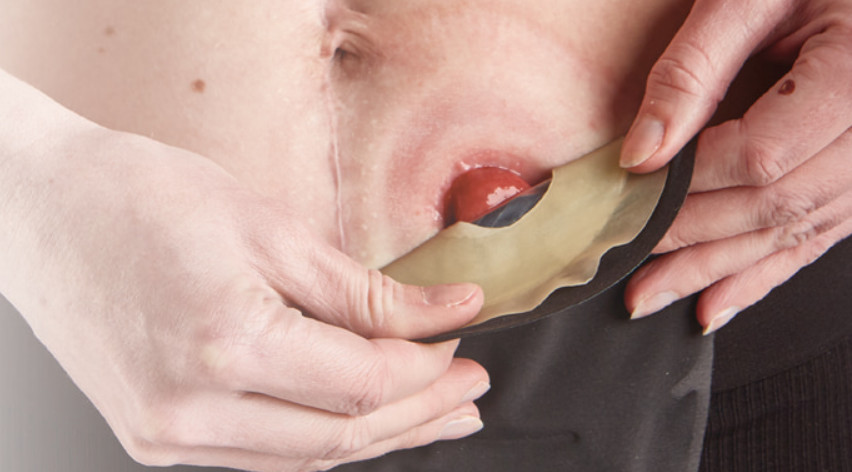First aid for chest pain
Chest pain can be a frightening experience, both for the person experiencing it and for those around them. It can range from a sharp stab to a dull ache and can be associated with a variety of underlying conditions, some of which are life-threatening. Given the potential severity of chest pain, knowing how to administer first aid effectively is crucial. This article will provide a comprehensive guide to first aid for chest pain, covering the common causes, symptoms to watch for, and step-by-step instructions on what to do in an emergency.

Understanding Chest Pain
Common Causes of Chest Pain
Chest pain can stem from many different causes, some of which are benign while others require immediate medical attention. Common causes include:
- Cardiac Issues: The most serious and well-known cause of chest pain is related to the heart. Conditions such as myocardial infarction (heart attack), angina, and pericarditis can cause significant chest discomfort.
- Gastrointestinal Problems: Issues such as gastroesophageal reflux disease (GERD), peptic ulcers, or gallbladder disease can mimic cardiac chest pain.
- Respiratory Conditions: Pulmonary embolism, pneumonia, and pleuritis can cause sharp chest pain that might be mistaken for heart-related pain.
- Musculoskeletal Problems: Strained muscles, rib fractures, and costochondritis (inflammation of the cartilage connecting a rib to the breastbone) can cause localized chest pain.
- Anxiety and Panic Attacks: These psychological conditions can cause chest pain and mimic symptoms of a heart attack, including shortness of breath and palpitations.
Symptoms Associated with Chest Pain
Recognizing the symptoms associated with chest pain can help determine the urgency of the situation. Symptoms to watch for include:
- Pressure, fullness, or tightness in the chest
- Crushing or searing pain that radiates to the back, neck, jaw, shoulders, and arms
- Pain that lasts more than a few minutes, gets worse with activity, goes away and comes back, or varies in intensity
- Shortness of breath
- Cold sweats
- Dizziness or lightheadedness
- Nausea or vomiting
If the chest pain is accompanied by any of these symptoms, it is crucial to act quickly as it could indicate a heart attack or another serious condition.
First Aid Steps for Chest Pain
Step 1: Call for Emergency Help
The very first step when someone experiences chest pain is to call for emergency medical assistance. In many countries, the emergency number is 911. Time is of the essence, especially if the chest pain is heart-related. Providing the dispatcher with as much information as possible about the person’s condition, symptoms, and any known medical history can be critical.
Step 2: Keep the Person Calm and Comfortable
Panic can exacerbate chest pain, so it’s important to keep the person calm. Have them sit down and rest in a comfortable position, preferably in a semi-reclined position, which can help ease the strain on the heart. Reassure them that help is on the way.
Step 3: Administer Aspirin
If the person is conscious, not allergic to aspirin, and has no contraindications, administering aspirin can help. Aspirin acts as a blood thinner and can reduce the severity of a heart attack by preventing further blood clotting. The recommended dose is typically 300-325 mg. Ensure the person chews the aspirin rather than swallowing it whole for faster absorption.
Step 4: Provide Nitroglycerin if Prescribed
If the person has been prescribed nitroglycerin for a known heart condition, help them take it according to their doctor’s instructions. Nitroglycerin helps dilate the blood vessels, improving blood flow to the heart. Ensure the person is sitting or lying down before taking nitroglycerin, as it can cause a sudden drop in blood pressure, leading to dizziness or fainting.
Step 5: Monitor Vital Signs
Keep a close eye on the person’s vital signs, including their breathing, pulse, and level of consciousness. If the person becomes unresponsive, initiate CPR (cardiopulmonary resuscitation) if you are trained to do so. Chest compressions should be started immediately, as they can maintain circulation until professional help arrives.
Step 6: Avoid Food and Drink
Do not give the person anything to eat or drink unless explicitly instructed by a healthcare professional. Consuming food or drink could complicate medical procedures if emergency surgery is required.
What Not to Do
When providing first aid for chest pain, it is equally important to know what not to do:
- Do Not Leave the Person Alone: Always stay with the person experiencing chest pain. They may require immediate assistance if their condition worsens.
- Do Not Ignore the Pain: Even if the pain seems mild or comes and goes, do not dismiss it. Any chest pain should be evaluated by a medical professional.
- Do Not Overexert the Person: Keep the person as still and calm as possible. Physical exertion can worsen the condition.
- Do Not Administer Medications Without Knowledge: Only give medications like aspirin or nitroglycerin if you are sure of the person’s medical history and current prescriptions. Administering the wrong medication can be harmful.
Preventative Measures
While knowing how to administer first aid for chest pain is crucial, prevention is always better than cure. Here are some preventative measures to reduce the risk of heart-related chest pain:
- Healthy Diet: Eating a balanced diet rich in fruits, vegetables, whole grains, and lean proteins can help maintain heart health. Limiting salt, sugar, and saturated fats is also beneficial.
- Regular Exercise: Engaging in regular physical activity helps strengthen the heart and improve circulation. Aim for at least 150 minutes of moderate exercise per week.
- Quit Smoking: Smoking is a major risk factor for heart disease. Quitting smoking can significantly reduce the risk of heart attacks and other cardiovascular conditions.
- Manage Stress: Chronic stress can take a toll on heart health. Practice stress-reducing techniques such as mindfulness, meditation, or yoga.
- Regular Check-Ups: Regular visits to the doctor can help monitor and manage risk factors such as high blood pressure, high cholesterol, and diabetes.
Conclusion
Chest pain is a symptom that should never be taken lightly. Understanding the potential causes and recognizing the associated symptoms are critical in providing effective first aid. The steps outlined in this guide—calling for emergency help, keeping the person calm, administering aspirin, providing prescribed nitroglycerin, monitoring vital signs, and avoiding food and drink—can make a significant difference in the outcome of a chest pain emergency.
In addition to first aid, adopting a heart-healthy lifestyle through diet, exercise, and regular medical check-ups can help prevent the occurrence of chest pain. By being prepared and knowledgeable, you can respond effectively in an emergency, potentially saving a life.


